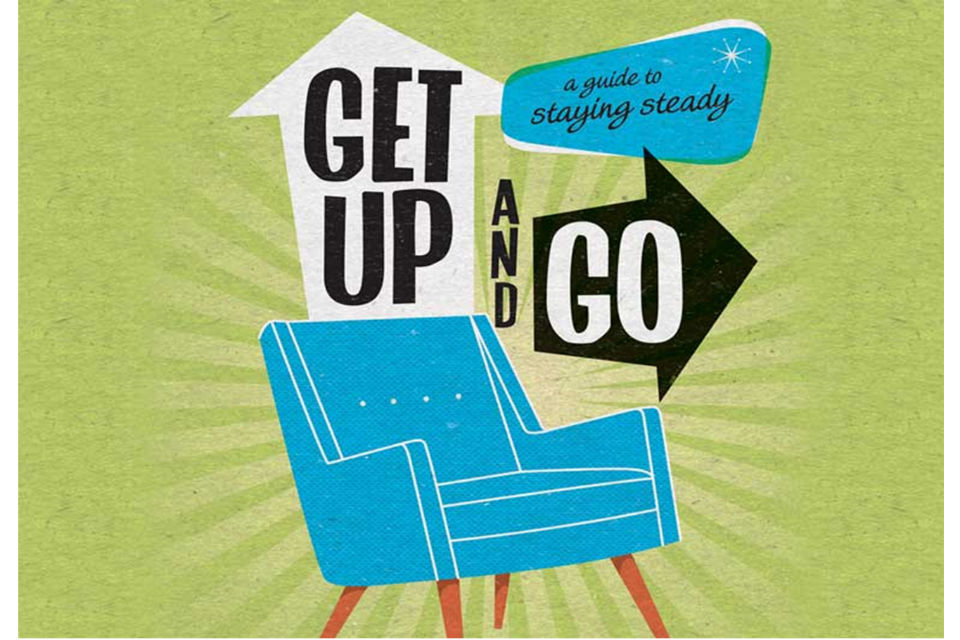The 2-Minute Rule for Dementia Fall Risk
Table of ContentsThe Basic Principles Of Dementia Fall Risk Dementia Fall Risk Fundamentals ExplainedThe Single Strategy To Use For Dementia Fall RiskThe smart Trick of Dementia Fall Risk That Nobody is Discussing
An autumn threat evaluation checks to see just how likely it is that you will certainly fall. It is primarily done for older grownups. The assessment usually consists of: This includes a series of concerns about your general health and if you have actually had previous drops or issues with balance, standing, and/or walking. These devices test your stamina, equilibrium, and gait (the way you stroll).Interventions are suggestions that may minimize your threat of falling. STEADI consists of three actions: you for your risk of dropping for your threat elements that can be improved to try to avoid drops (for instance, balance troubles, damaged vision) to lower your threat of dropping by using effective methods (for instance, providing education and resources), you may be asked numerous inquiries consisting of: Have you dropped in the previous year? Are you fretted regarding falling?
Then you'll rest down once again. Your copyright will certainly check how much time it takes you to do this. If it takes you 12 seconds or more, it might imply you go to higher threat for a loss. This examination checks toughness and balance. You'll sit in a chair with your arms crossed over your upper body.
The positions will certainly obtain tougher as you go. Stand with your feet side-by-side. Move one foot midway onward, so the instep is touching the big toe of your other foot. Move one foot fully in front of the various other, so the toes are touching the heel of your various other foot.
Dementia Fall Risk - Questions
Most drops happen as a result of several adding factors; for that reason, managing the threat of falling starts with determining the elements that add to drop threat - Dementia Fall Risk. A few of one of the most relevant risk factors consist of: History of previous fallsChronic clinical conditionsAcute illnessImpaired stride and balance, lower extremity weaknessCognitive impairmentChanges in visionCertain risky drugs and polypharmacyEnvironmental variables can likewise raise the threat for falls, consisting of: Poor lightingUneven or harmed flooringWet or unsafe floorsMissing or damaged hand rails and order barsDamaged or improperly equipped tools, such as beds, wheelchairs, or walkersImproper use assistive devicesInadequate guidance of individuals residing in the NF, consisting of those who show hostile behaviorsA effective autumn threat management program calls for a comprehensive medical analysis, with input from all participants of the interdisciplinary group

The treatment plan ought to additionally consist of treatments that are system-based, such as those that advertise a safe atmosphere (proper lights, hand rails, grab bars, etc). The effectiveness of the treatments need to be reviewed regularly, and the care strategy modified as essential to mirror changes in the autumn risk analysis. Carrying out a loss danger administration system utilizing evidence-based finest practice can reduce the prevalence of falls in the NF, while limiting the capacity browse this site for fall-related injuries.
Some Known Details About Dementia Fall Risk
The AGS/BGS standard recommends evaluating all adults aged 65 years and older for autumn threat every year. This screening includes asking patients whether they have actually fallen 2 or even more times in the past year or looked for clinical focus for an autumn, or, if they have actually not fallen, whether they feel unsteady when walking.
People who have actually fallen as soon as without injury must have their balance and gait evaluated; those with gait or equilibrium problems should receive added evaluation. A background of 1 autumn without injury and without gait or balance problems does not require additional assessment past continued annual loss threat testing. Dementia Fall Risk. A fall risk assessment is called for as part of the Welcome to Medicare evaluation

Dementia Fall Risk Can Be Fun For Everyone
Recording a drops history is just one of the high quality signs for fall prevention and monitoring. A vital part of risk assessment is a medicine review. A number of courses of medications boost loss threat (Table 2). Psychoactive drugs in specific are independent forecasters of drops. These medicines often tend to be sedating, alter the sensorium, and harm equilibrium and gait.
Postural hypotension can commonly be minimized by minimizing the dosage of blood pressurelowering medicines and/or stopping medicines that have orthostatic hypotension as a their explanation side effect. Use above-the-knee assistance pipe and copulating the head of the bed raised might also lower postural decreases in high blood pressure. The suggested aspects of a fall-focused physical examination are received Box 1.

A pull time more than or equal to 12 secs recommends high loss danger. The 30-Second Chair Stand examination analyzes reduced extremity toughness and balance. Being not able to stand up from a chair of knee elevation without making use of one's arms suggests raised autumn risk. The 4-Stage Balance test evaluates fixed equilibrium by having the individual stand in 4 settings, each progressively much more difficult.